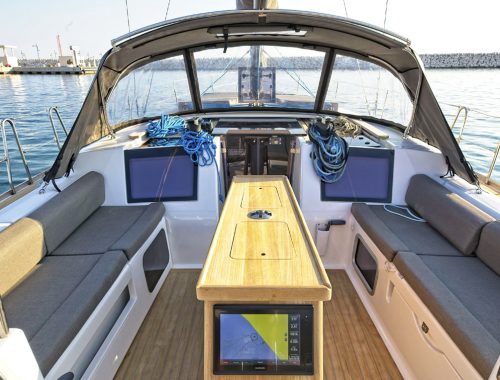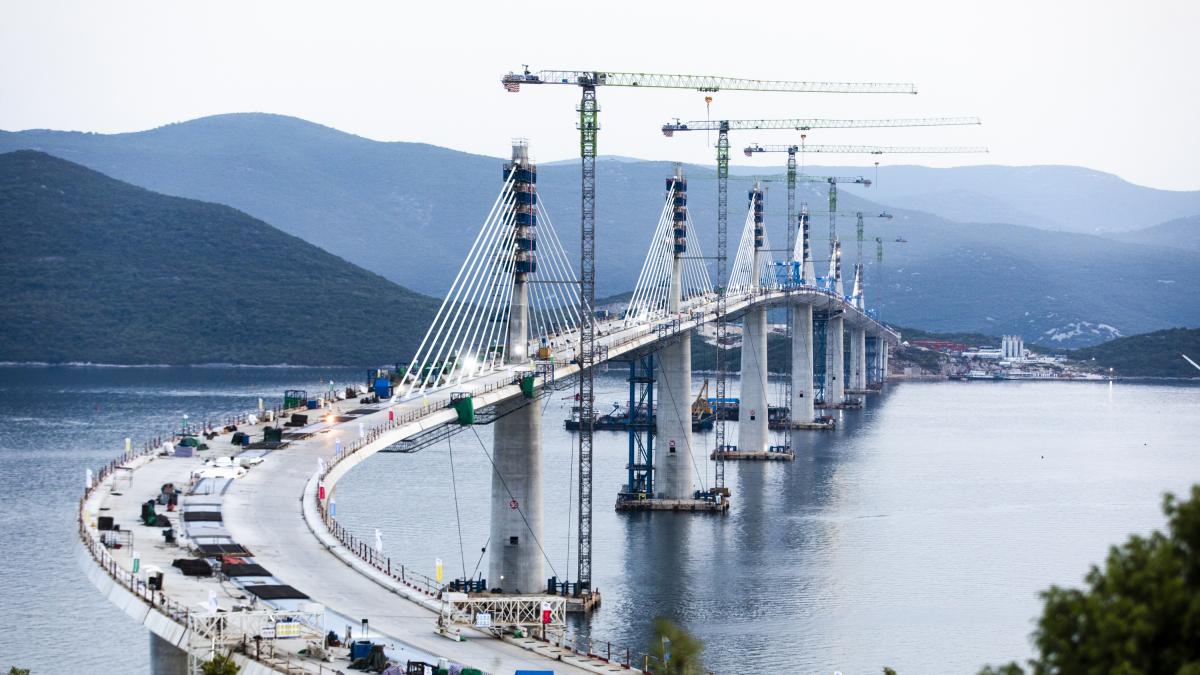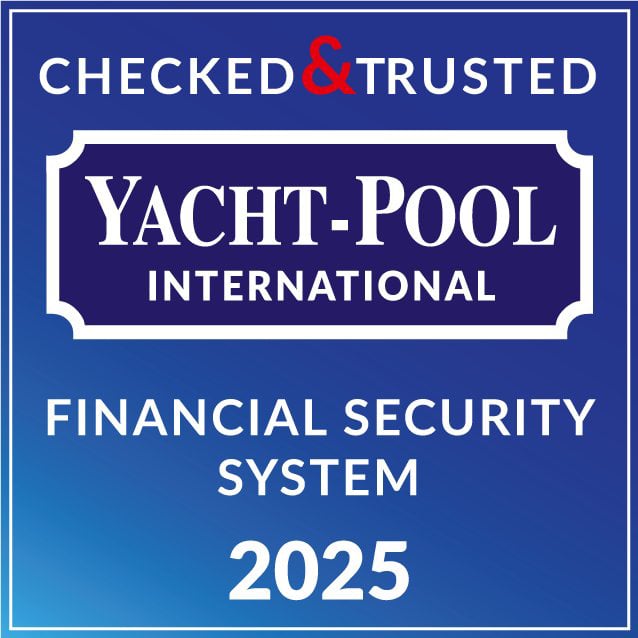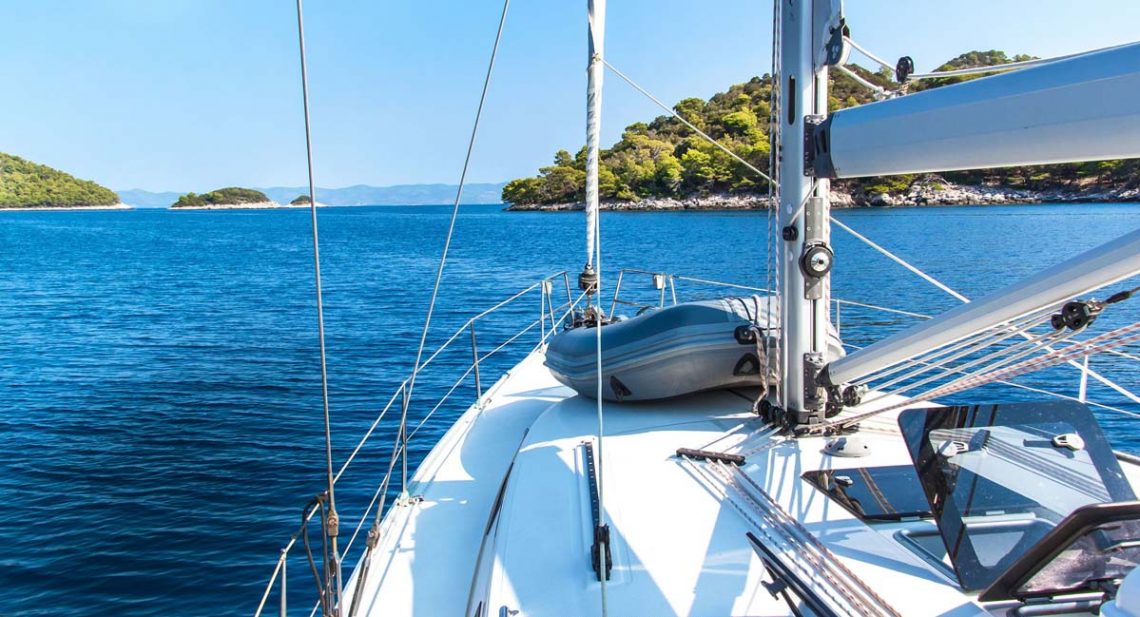
What will happen to nautical tourism now that Croatia has accepted the euro?
Since January 1st of this year, Croatia has been a member of the eurozone, which has two significant implications: the first is that the country has officially adopted the euro currency, which is the official currency of the European Union; and the second is that Croatia now has the right to enter the Schengen area, which is the area of the free European movement of people and goods.
This is a historic moment for Croatia, marking the conclusion of a long process of integrating the country into a united Europe. The bureaucratic, social, and political process began in 2009 with Croatia’s accession to NATO and ended in 2013 with the acquisition of the title of European Union member. This change should also have a significant impact on Croatian nautical tourism and all sailors who plan to visit the country with their vessels. Sailing between the Adriatic’s two shores will now be much easier, particularly for Italian and Slovenian sailors.
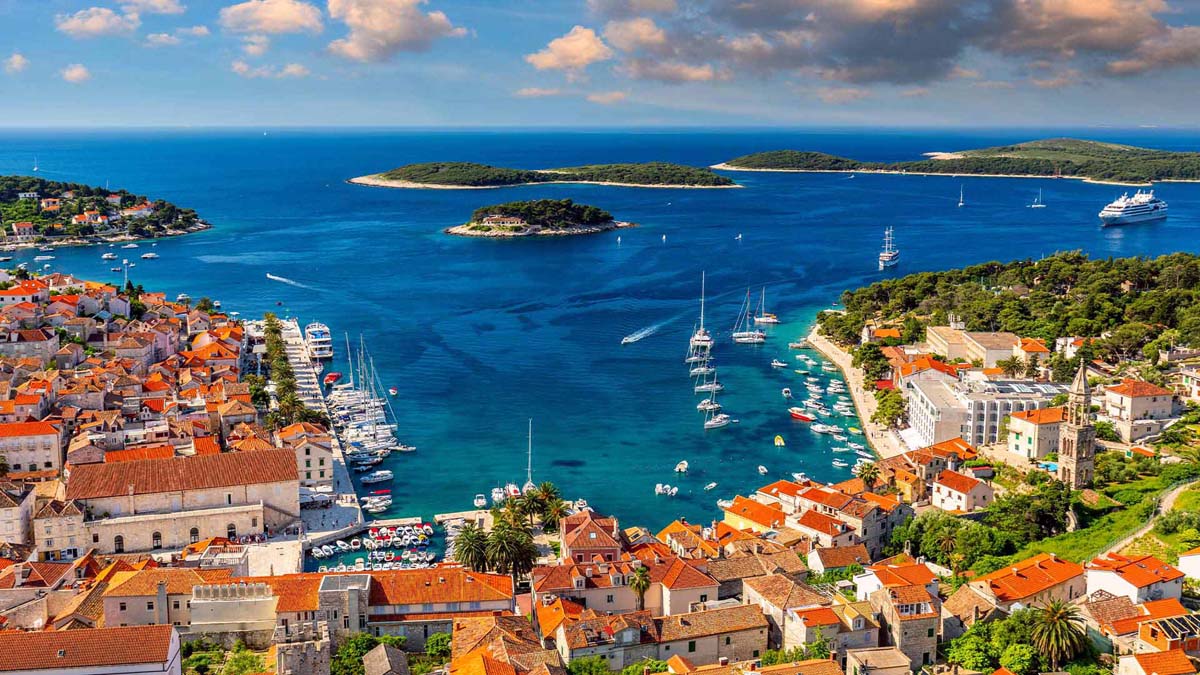
No more currency exchange
On January 1, 2023, Croatia adopted the euro, making it the 20th country in the eurozone to have a “single currency.” The decision was adopted by the Economic and Financial Affairs Council on July 12. Therefore, sailors who visit Croatia today will no longer have to convert their euros into kunas, the former official Croatian currency. However, the conversion from kuna to euro is not directly applicable. Cash payments will be subject to a transition period that will last until January 14, 2023, during which time they will be accepted in both kuna and euro. After that, the “single currency” is finally given the green light.
The European Central Bank recently sent 63 million banknotes and 286 million coins to Croatian banks and post offices. Croatian kunas were exchanged at a rate of 7.53450 to the euro.
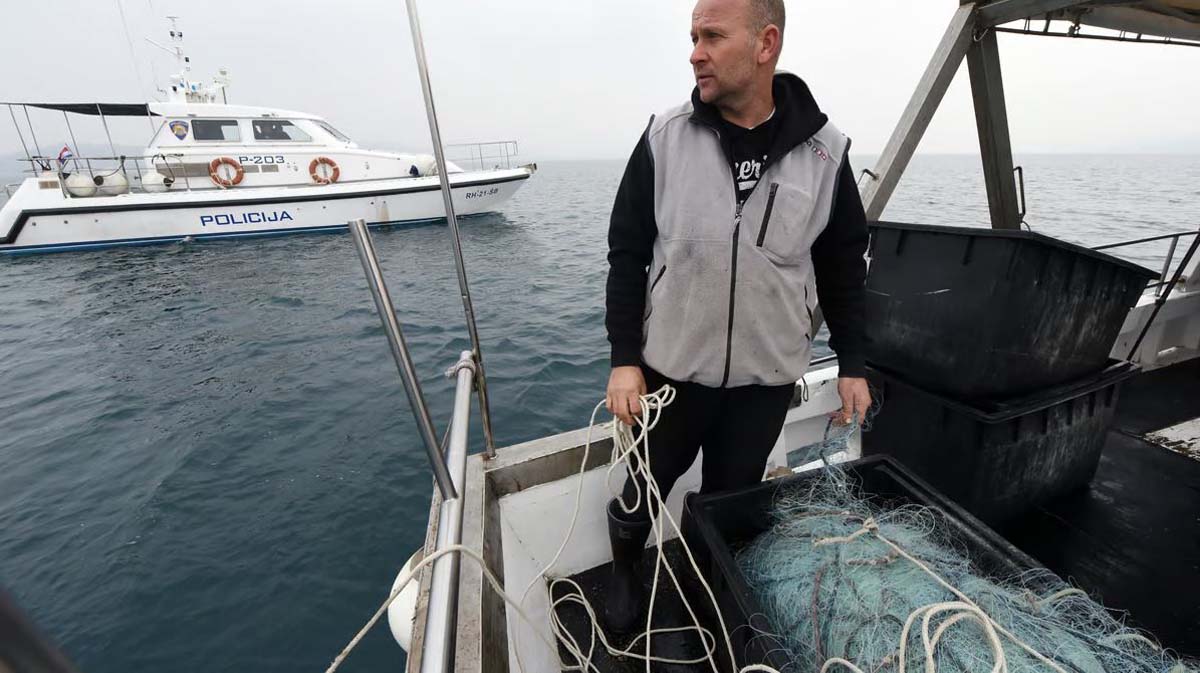
Elimination of waiting times at border crossings
The second advantage for sailors of Croatia’s entry into the Schengen area, i.e., the area of the free European movement of people and goods, is the elimination of customs waiting lines at the border. All border controls for visitors to Croatia have been eliminated as of January 1, 2023. All border controls with Slovenia and Hungary, as well as all sea borders with Italy and Slovenia, will be eliminated. In total, 73 land border crossings and 12 port authorities are being closed. Among the latter are ACI Umag, Novigrad, Poreč, and Rovinj, to name a few.
For those planning to sail along Croatia’s coast, this means an end to police stops when entering and exiting the country, as well as the urgent compilation of a list of the crew on board. Only for the registration of a “new” vessel will the first pass through the port authorities be required. Everything for re-entries will be done online.
Discover the best boat rental offers in Croatia
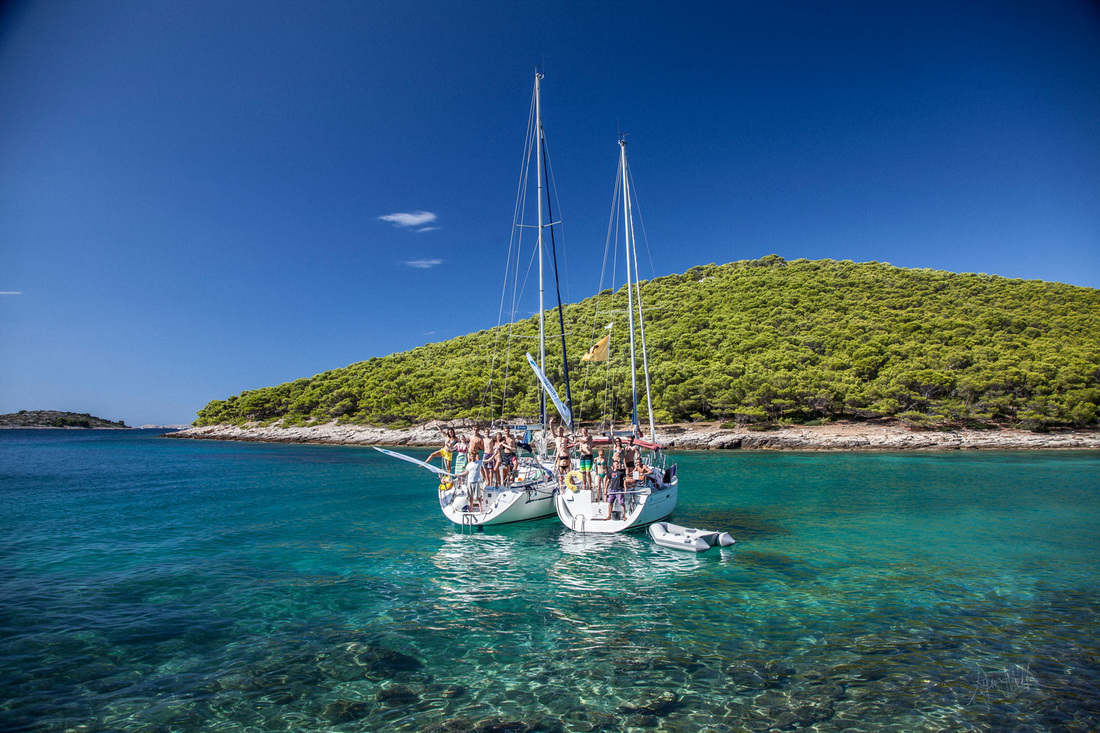
All nautical fees are paid online
Last but not least, there is a significant benefit to the entire fiscal aspect of nautical tourism, which is currently unchanged but greatly facilitated by accepting payments through online portals. In practice, those wishing to sail to Croatia must notify the authorities of their arrival and pay the annual security fee. The latter is an annual fee that must be paid by all vessels longer than 2.5 metres or with an engine power greater than 5kW. Both processes can be performed on the portal:
https://enautika.pomorstvo.hr.
Following that, the tourist tax for the persons and the selected date must be paid. This should be paid based on the length of the vessel (from 7 metres to more than 20 metres) or the number of people staying on board. Everything is also organised on the portal below:
A new bridge in Croatia was also inaugurated with EU funds
However, the benefits of Croatia’s accession to the eurozone do not stop there. Thanks to EU funds, the largest infrastructure project built in Croatia in the last decade has been completed in recent months. The latter should make it significantly easier for visitors to enter the country. This is the Pelješac Bridge, which connects the Dalmatian coast to the Pelješac peninsula, the southernmost region containing, among other things, the coastal town of Dubrovnik, a true pearl of the Adriatic and a UNESCO heritage site.
You are no longer required to travel via Bosnia and Herzegovina
In fact, this region is geographically separated from the rest of Croatia by Bosnia and Herzegovina’s access to the sea. Before the opening of the bridge, people who wanted to travel from one part of the country to another had to cross two borders within an 8-kilometre radius, risking hours of waiting in line. Especially during peak tourist season. The other option was to take a ferry from Trpanj to Ploče. With the opening of the bridge, locals and tourists will now be able to drive from one side to the other without having to cross borders. And above all, they can now do so without leaving the European Union, as Bosnia and Herzegovina is not a member of the EU.
The Pelješac Bridge, which cost a total of €420 million, of which €357 million was financed by the EU, is a symbol of European solidarity and EU financial and political support for Croatia. A project that will benefit the country greatly, particularly tourism and, of course, nautical tourism.
In short, Croatia’s accession to the Schengen zone is a welcome change. However, it will undoubtedly be appreciated by many sailors who choose to sail along this country’s beautiful coasts every year, and for whom this will undoubtedly make life easier.
You May Also Like

Explore Western Kvarner: sail on the azure seas and uncover ancient treasures
21/02/2023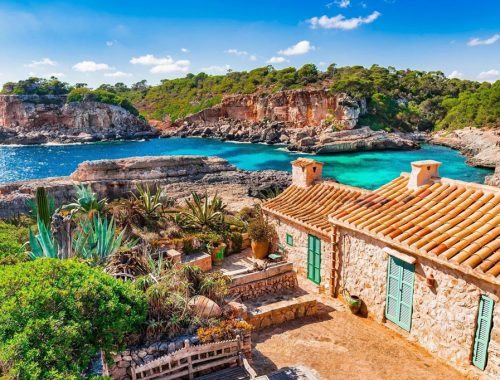
Magical Majorca: idyllic bays, historic villages and turquoise sea
09/03/2024